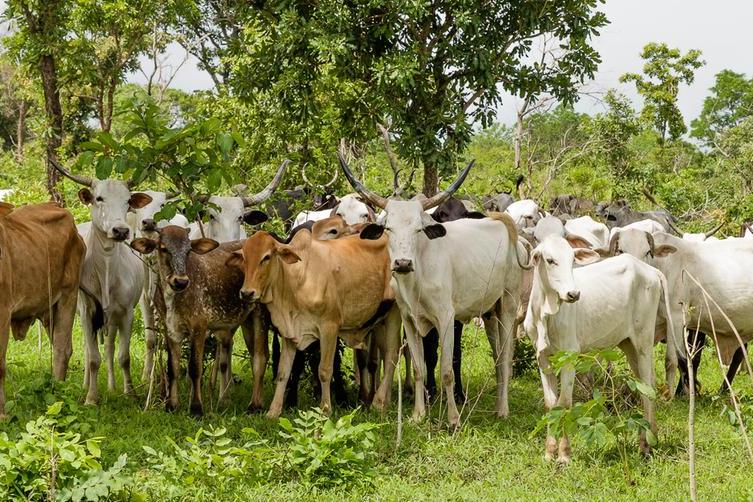I recently listened to the livestock minister’s speech on the crucial role cattle play in the growth of our economy. It’s truly astonishing to learn that almost every part of a cow’s body—from the head to the hoof, skin, bones, marrow, blood, horns, and even dung—can be utilized and turned into a legitimate source of income. The minister’s remarks highlight the fact that cattle are a valuable asset, offering not only economic benefits but also numerous job opportunities, especially for our large youth population. With over 22.9 million cattle in Nigeria by 2022, mainly raised by smallholders and nomadic herders, there is a significant potential to tap into this goldmine for financial gain.
He emphasized that, aside from meat and dairy, everything else on a cow’s body holds value and should not go to waste.
Breeding and raising cattle have long been seen as a profitable venture globally and are historically a sign of wealth. But the cattle economy isn’t just about owning ranches; it’s about raising healthy cattle, creating wealth, and maximizing every part of the animal without letting anything go to waste. In one of his songs, the late Alhaji (Dr) Sikiru Ayinde Barrister, one of Nigeria’s greatest musicians, praised the cow as a highly valuable and versatile animal. He sang that every part of the cow, beyond just meat and milk, has a purpose and should be appreciated, concluding that cows are God’s most valuable gift to mankind.
In light of this, the Minister of Livestock, Alhaji Idi Mukhtar, has a vital role to play in working alongside Prof. Mahmud Jega, the Special Adviser and Coordinator of the Presidential Livestock Reform, and other key public officials to develop policies that will strengthen and promote this long-neglected sector of Nigeria’s economy. However, there are challenges to address, such as the ongoing conflicts between nomadic herders and sedentary farmers in regions like the Benue-Plateau axis, as well as climate change and desertification, which force herders to seek new grazing lands. Additionally, inadequate infrastructure and a lack of resources deter investment in cattle ranching, particularly in northern Nigeria, which has vast tracts of arable and pasture land.
On the same note, it’s crucial to educate and train people on how to properly process and package the various parts of cattle into legitimate sources of revenue. For example, cowhide can be used to make a wide range of products, including handbags, wallets, belts, clothing, shoes, and furniture. Cow dung, too, is an incredibly sustainable substance with various applications. It has natural disinfecting properties, which can serve as an insect repellent and help combat pests. It is also an excellent fertilizer, rich in nutrients like potassium, phosphate, and nitrogen, which make it ideal for promoting plant and crop growth. Additionally, cow dung can be used to produce biogas and biofuel. When sun-dried, it releases gases such as nitrogen, hydrogen, and methane, which can be harnessed for energy. Furthermore, cow dung is a valuable source of fiber, which can be used to produce high-quality, eco-friendly paper.
Moreover, cow hooves offer several benefits for both human and agricultural uses. Ground and applied to the soil, they can act as a natural fertilizer, improving soil quality. The collagen in cow hooves is known to enhance hair and nail growth, hydrate the skin, and reduce signs of aging. Keratin, a protein found in hooves, can be used to make products like glue, plastic, crafts, buttons, and ornaments, which can be sold for both home and personal use.
In conclusion, it’s clear that cattle are not only a key driver of our economy but also a sustainable source of income and innovation. It is time we fully tap into this potential and create policies that encourage the development of this valuable industry.



